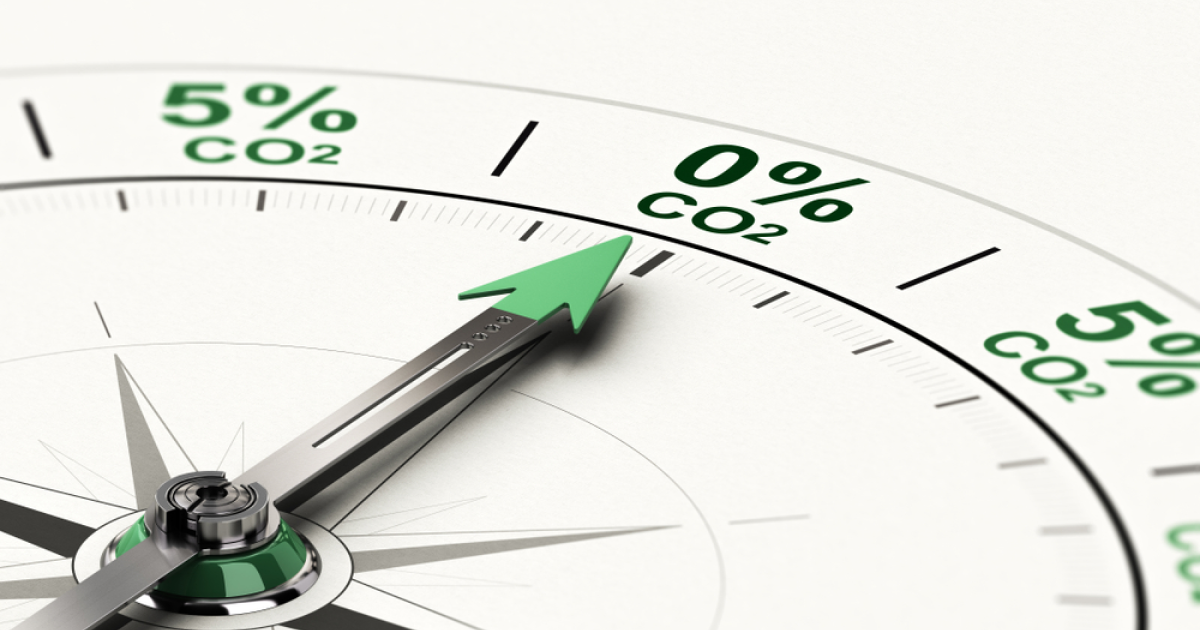

Today, October 16, 2025, marks the start of consultations for the Albanese Labour Government’s impressive USD 2 billion Green Aluminium Production Credit. This significant investment is set to boost the Australian aluminium industry, helping to fortify local businesses and create jobs.

Tracing back to January
Australia is strengthening its aluminium industry with AUD 2 billion (USD 1.24 billion) investment, unveiled by Prime Minister Anthony Albanese on January 20, 2025. This initiative is designed to assist aluminium smelters in their shift to renewable energy, providing production credits for every tonne of aluminium produced using renewable electricity over a decade, lasting until 2036. Rio Tinto, a major player in the industry, has shown strong backing for the plan, emphasising its potential to maintain and grow aluminium smelting in Australia, which will benefit local communities and strengthen the country's role in the global clean energy market.
Future Made in Australia
Aluminium is set to play a crucial role in shaping a Future Made in Australia, mainly for its strategic importance. With top-notch skills, state-of-the-art facilities and plenty of wind and solar energy resources, Australia is in a fantastic position to strengthen its reputation as the sixth-largest aluminium producer in the world.
The Green Aluminium Production Credit will empower local smelters to make the switch to renewable electricity. By supporting Australian-made facilities, Australia can secure a sustainable edge in the global clean energy market.
Aluminium is essential in various sectors like construction, defence, transportation and electronics. It's also a key player in clean energy infrastructure, powering solar panels, wind turbines and transmission lines. This material is crucial for bolstering Australia's industrial capabilities and supporting the shift towards a clean energy economy.
Also read: How Western Australia’s ongoing energy crisis is threatening the region’s alumina & aluminium supply
From credit to benefit
With a strong global demand for aluminium, this incentive shall assist Australia and its trading partners in cutting down emissions. Aluminium production is responsible for about 3 to 4 per cent of Australia’s total greenhouse gas emissions, so finding ways to reduce emissions from these facilities will help the Government meet its climate goals for 2035.
Facilities can get support for every tonne of clean, reliable aluminium made in Australia and this assistance will last for up to 10 years or until 2044, whichever comes first. The consultation process for designing the production credit kicked off today, October 16 and will continue until 30 October 2025.
Why require credit?
The consultation on the Green Aluminium Production Credit is happening because of the Tomago aluminium smelter, run by Rio Tinto and is the largest in Australia, might be facing closure because of skyrocketing energy costs. This situation comes on the heels of various government efforts to support metal production facilities across the country. Right now, Tomago is in talks with both federal and state officials about securing a similar support package before the credit is set to launch in 2028.
Australia is a major player in the aluminium market, exporting nearly all of its production. With the demand for aluminium set to soar with extensive use in electric vehicles, clean energy projects and construction, there's a lot at stake. However, producing about 10 per cent of the world's aluminium comes with hefty costs as it uses up 10 per cent of the country's electricity and is responsible for 5 per cent of its emissions. Most of the electricity used in smelting is sourced from coal, but the new government initiative is focused on speeding up the decarbonisation of this sector.
To get in-depth knowledge about the recycled aluminium industry and its forecast, read “World Recycled ALuminium Market Analysis Industry forecast to 2032”
Responses








